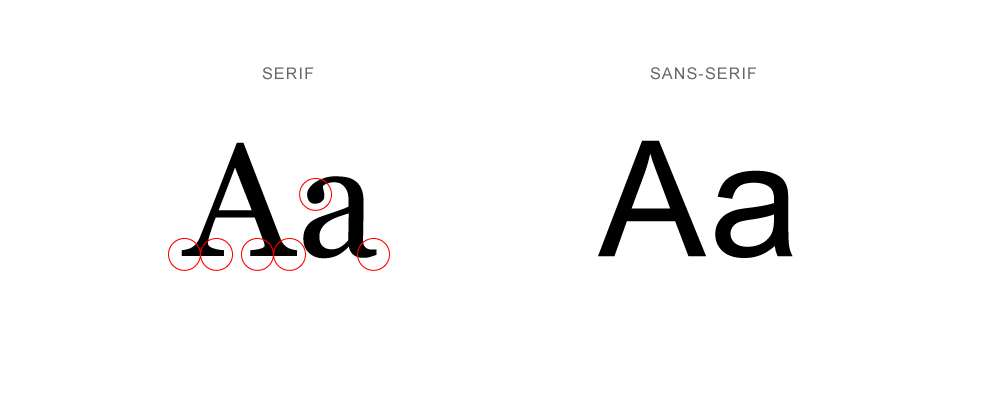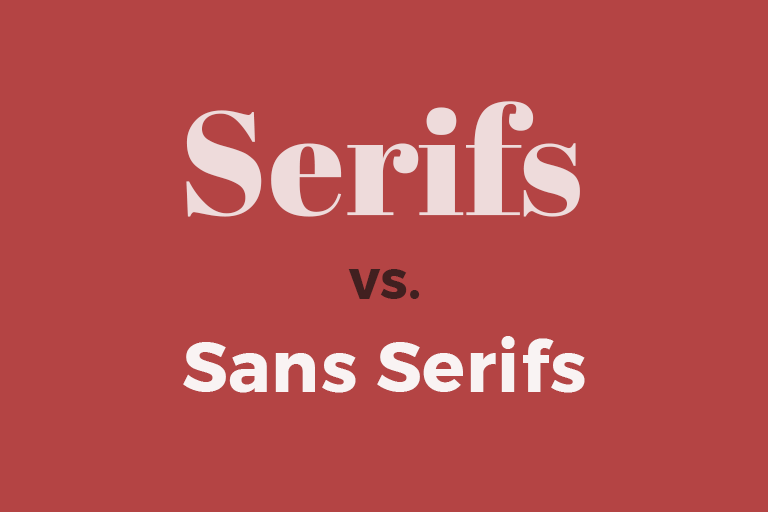

"He thereupon changed the proportions of the lowercase, and by means of photography, he tested the suitability of the design for continuous reading application." Zapf designed the capital letters of Optima after the inscriptions on the Trajan Column (A.D. On the suggestion of Monroe Wheeler of the Museum of Modern Art in New York City, Zapf decided to adapt his typeface to be used as a book type. Like the Roman capitals, Optima's 'E' and 'R' occupy about a half-square, the 'M' is wide and its sides are splayed. In his book About Alphabets, Zapf commented that his key aim in designing Optima's capitals, inspired by the Roman capital model, was the desire to avoid the monotony of all capital letters having a roughly square footprint, as he felt was true of some early sans-serif designs.

Zapf was to work on the development of Optima during most of the following decade. He quickly sketched an early draft of the design on a 1000 lira banknote. While in Florence, Zapf was particularly interested in the design of the lettering in tombstones of the cemetery of the Basilica di Santa Croce in Florence, in which the strokes subtly widen as they reach stroke terminals without ending in a serif. Interested in calligraphy and the history of Italian printing and lettering, Zapf first visited Italy in 1950. Portions of the text are copied onto one of his 1950 sketches.

Zapf cited this gravestone as inspiring Optima.


 0 kommentar(er)
0 kommentar(er)
